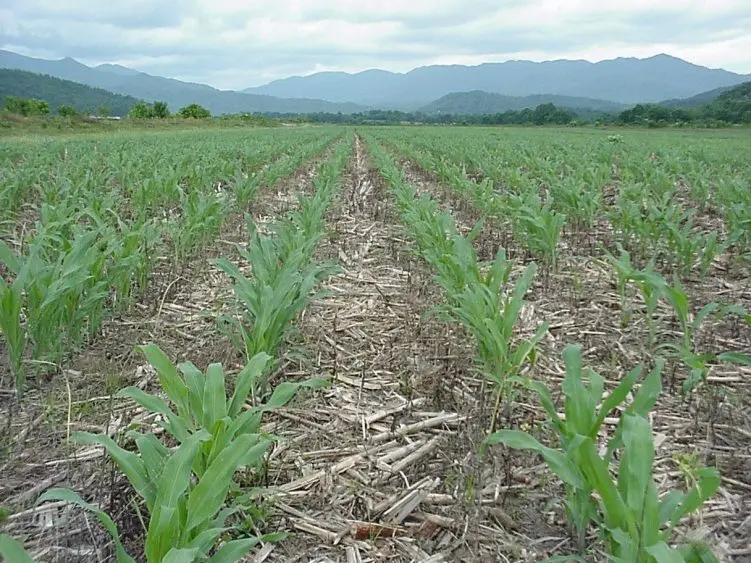As harvest concludes, it’s time to prepare for the 2026 season. Sustainable practices may help improve soil health and ultimately increase yields.
A soil test acts as a starting point for nutrient management decisions when compared to established critical levels of a particular crop. Standard soil tests typically evaluate pH, buffer pH, organic matter, cation exchange capacity (CEC), phosphorus, potassium, calcium, magnesium and base saturation. Micronutrient soil testing should be paired with tissue testing, soil properties and growing conditions to reliably predict micronutrient deficiencies.
As a rule of thumb, soil samples should be taken around the same time every 2 to 4 years in each field. Pull 15 to 20 soil cores from across an area of 20 acres or less at a depth of 6 to 8 inches in conventionally tilled fields and 2 to 4 inches in no-till fields. It is important to remember to clear residue, debris and vegetation from the surface of the sample site prior to pulling cores.
Reduced Tillage
No-till practices protect the soil from erosion, heat and excessive moisture evaporation, but it is difficult to quickly correct the conditions of the soil to alleviate drainage issues, compaction or very low soil fertility once a no-till system is established.
Strip-till is best suited to areas where no-till is not well suited due to cold, heavy, compacted and/or poorly drained soils. However, strip-tilling requires more attention to detail than conventional tilling, because the strips set how the field must be planted, and the quality of the strips is critical for optimizing seed placement, germination and emergence.
Fertilizer
Fertilizer applications can help replace the nutrients the previous crop removed, or deficiencies identified in the soil test.
One strategy is to build soil test levels just above the critical levels and apply nutrients based on removal rates. This can help offset fertilizer prices when they are high while still maintaining soil fertility.
“When you choose [to cut costs by decreasing fertilizer rates], you reduce your nutrient values in the soil, and those values don’t increase as fast as they decrease when higher profit margins return and you try to replace what you drew down,” said Ellen Adler, Pioneer Field Agronomist.
Another strategy is to place a small amount of two or more nutrients directly below, to the side, or to the side and below the seed as starter fertilizer. This may help reduce uneven stand development and limit yield loss. Starter fertilizer may also reduce the required growing degree units (GDUs) to begin pollination in corn. Research shows that starter fertilizer provides the most benefit to growers using no-till or high-residue systems, growers in northern states, and those with coarse-textured soils or other soils testing low in phosphorus.
In a no-till or strip-till system, a banded fertilizer application has shown benefit compared to broadcast applications. Banded application of less mobile nutrients, such as phosphorus and potassium, can improve fertilizer efficiency on soils that have low to very low-test levels.
Subsurface fertilizer placement generally reduces the likelihood that soluble nutrients will be lost as run-off. When using banded fertilizer in a strip-till system, make sure to pull soil cores from inside and outside the band to avoid skewing soil test results.
Cover Crops
Well-managed cover crops can provide erosion control, improve water quality, hold nutrients, and help manage weed populations. Before implementing cover crops, decide which benefit is most important and determine the goal for the cropping system before selecting a cover crop species and mixture.
“If you’ve never tried cover crops, we recommend keeping it simple to start,” said Mark Jeschke, Pioneer Agronomy Manager. “Then you can build from there after you get some initial experience.”
The Bottom Line
Each field is different. Reduced till, fertilizer and cover crops are three of several sustainable practices that can help growers achieve economic success and protect natural resources year after year. For each of these practices, decide on the desired benefits and measure to evaluate the return on investment, track progress, and correct trajectory as needed.





